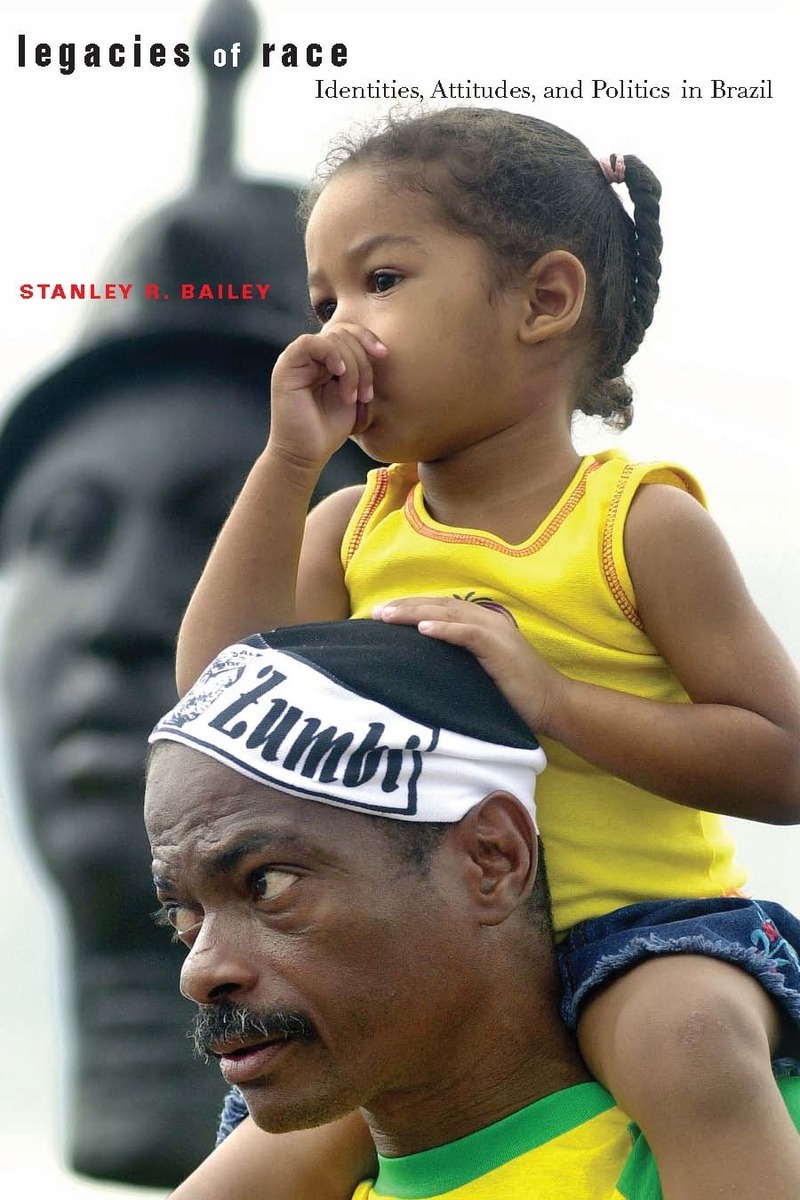Legacies of Race: Identities, Attitudes, and Politics in BrazilPosted in Books, Brazil, Caribbean/Latin America, Media Archive, Monographs, Politics/Public Policy, United States on 2009-08-31 03:59Z by Steven |
Legacies of Race: Identities, Attitudes, and Politics in Brazil
Stanford University Press
2009
304 pages
31 tables, 2 figures, 1 illustration.
ISBN-10: 0804762775
ISBN-13: 9780804762779
Stanley R. Bailey, Associate Professor of Sociology
University of California, Irvine
The United States and Brazil were the largest slave-trading societies of the New World. The demographics of both countries reflect this shared past, but this is where comparisons end. The vast majority of the “Afro-Brazilian” population, unlike their U.S. counterparts, view themselves as neither black nor white but as mixed-race. Legacies of Race offers the first examination of Brazilian public opinion to understand racial identities, attitudes, and politics in this racially ambiguous context.
Brazilians avoid rigid notions of racial group membership, and, in stark contrast to U.S. experience, attitudes about racial inequality, African-derived culture, and antiracism strategies are not deeply divided along racial lines. Bailey argues that only through dispensing with many U.S.-inspired racial assumptions can a general theory of racial attitudes become possible. Most importantly, he shows that a strict notion of racial identification in black and white cannot be assumed universal.



